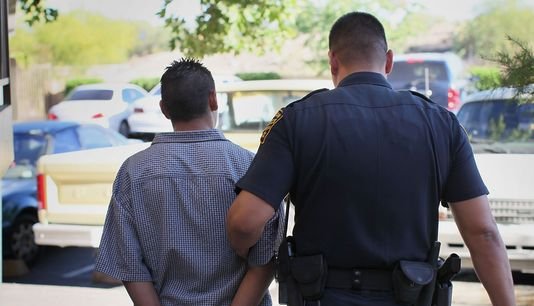SACRAMENTO, Calif. — Despite decades of juvenile justice reforms, California is still incarcerating kids of color much more often than their white peers, according to a new analysis.
Research collected by The Sentencing Project shows Black teens are nine times more likely to be locked up than white teens, and that’s actually a slight improvement over 2015.
Josh Rovner, senior advocacy associate at The Sentencing Project and the report’s author, said one big factor is the fact communities of color are much more heavily policed.
“And so, when youth of color experiment with marijuana, they are much more likely to do so in public spaces where they are likely to be arrested for it,” Rovner explained. “Whereas white youth living in suburbs might be doing it in their parents’ basement and so, there’s no police around to see that.”
The report said in California, Latinx youth are almost two and a half times as likely to be incarcerated as white teens, which is an 11% improvement since a decade ago.
The disparity for Native American youth has more than doubled over the past decade. They are now almost four and a half times as likely as a white teen to be incarcerated.
California keeps kids out of jail by favoring drug courts, restorative justice and family counseling. Detention facilities have emptied out. The report confirmed the state’s juvenile justice system now has about 700 kids behind bars, compared to 10,000 in 1996.
Dan Macallair, executive director of the Center on Juvenile and Criminal Justice, based in San Francisco, said it is notable this was achieved even as the population soared, and juvenile crime rates plunged to record lows.
“The crime rates are 80% lower than they were 25 years ago, and no one has really explained it,” Macallair recounted. “But one thing we do know is that this is the best-behaved generation on record.”
This summer, California closed its last three state juvenile prisons and will now try to help justice-involved youth in county facilities, so they can maintain ties to family and community.






